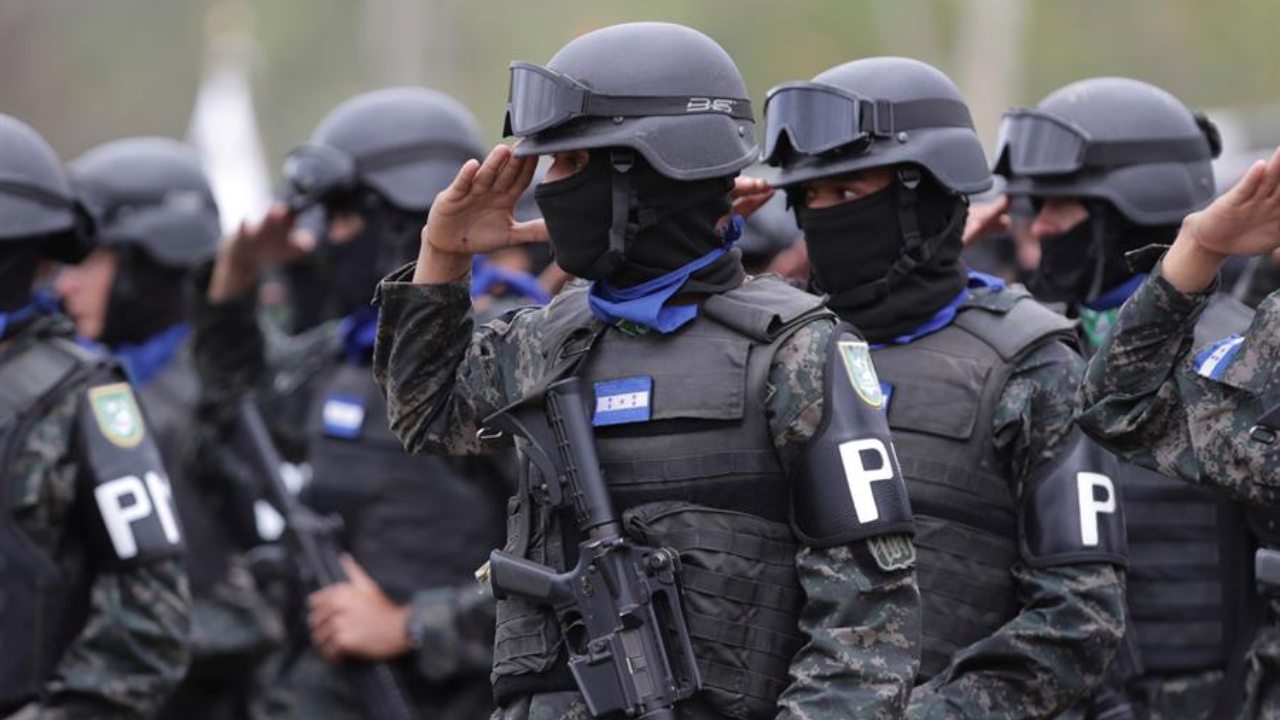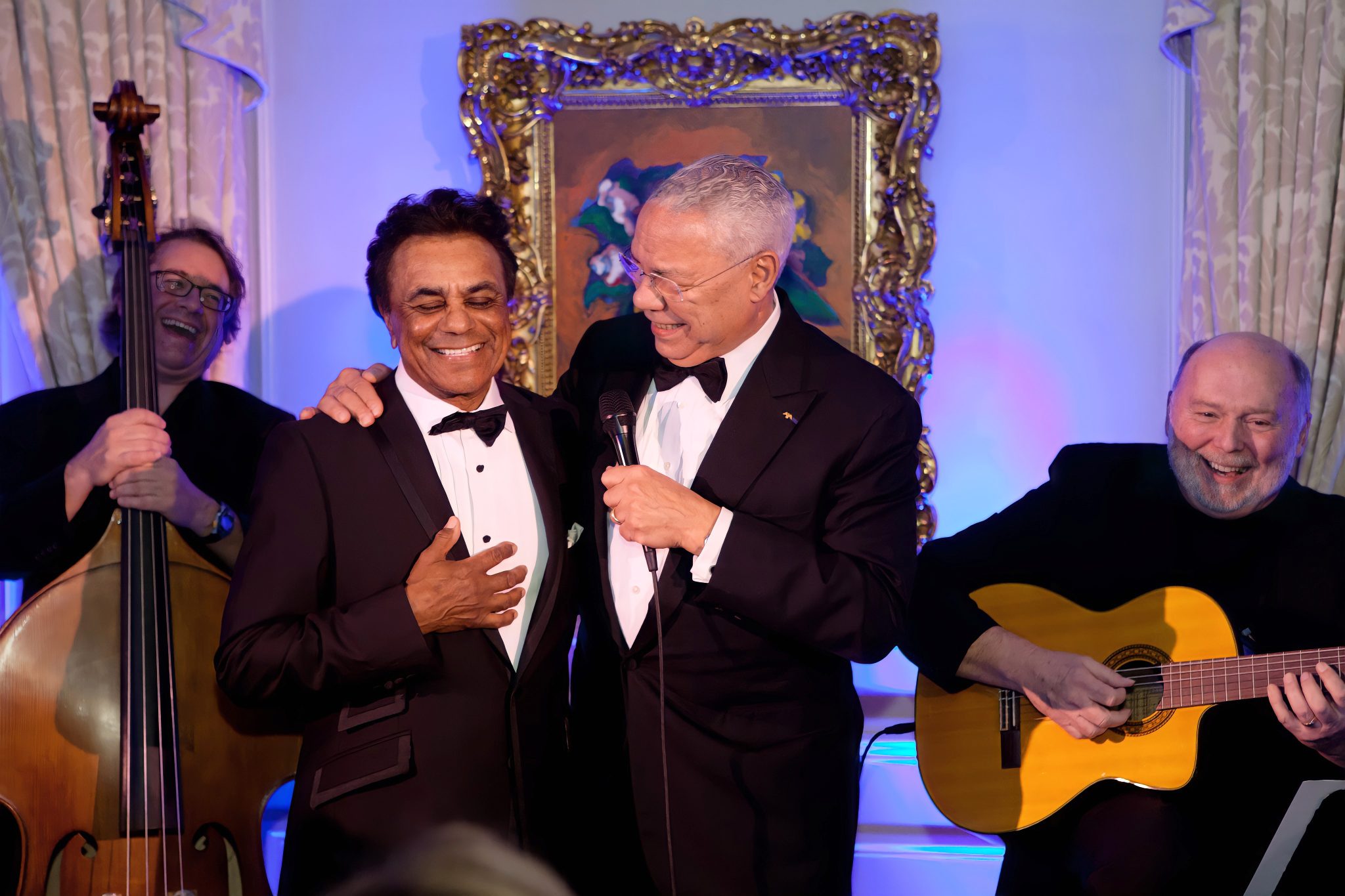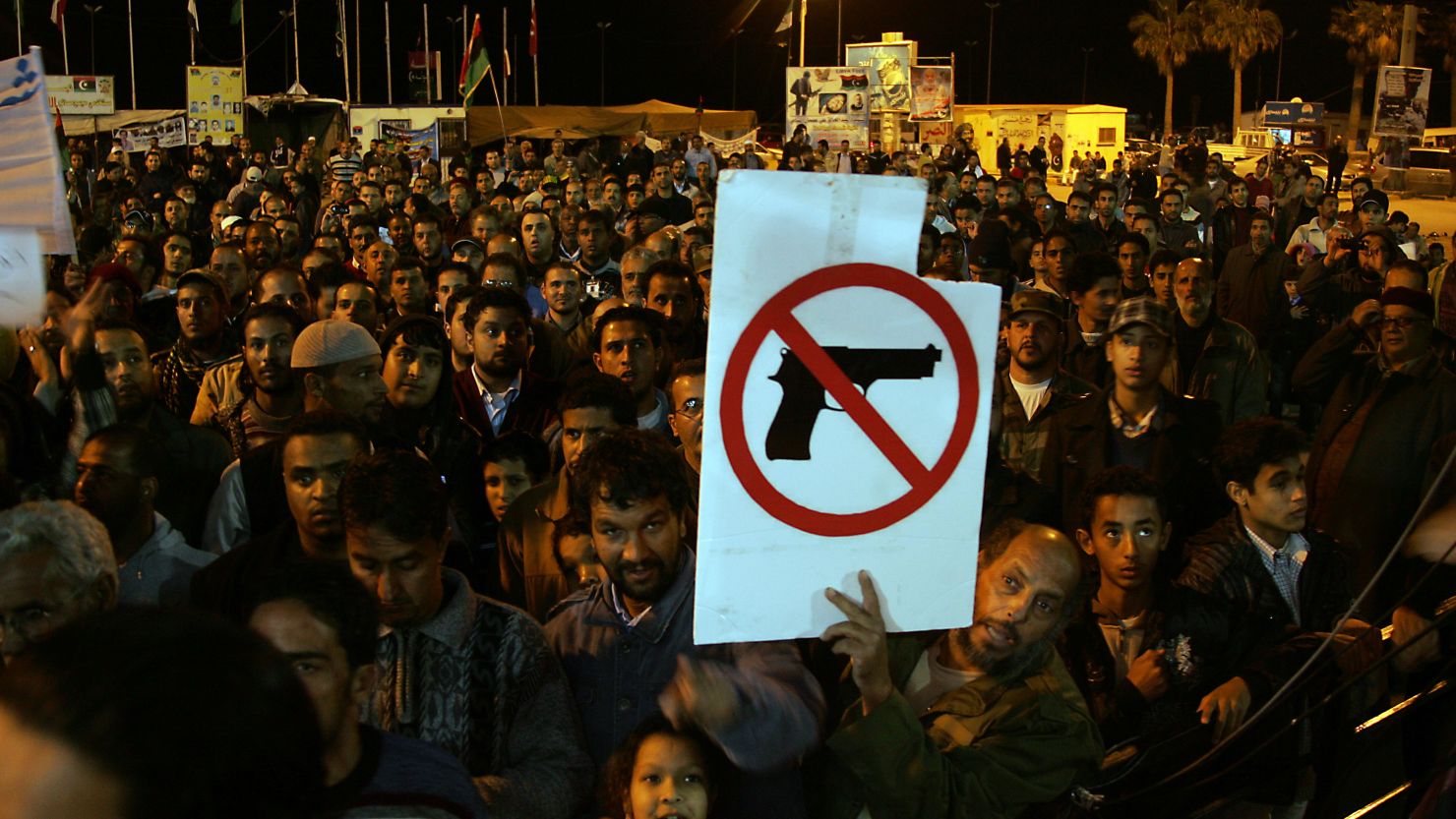International Asexuality Day: Dispelling Myths And Promoting Acceptance

Table of Contents
Understanding International Asexuality Day and the Asexual Community
International Asexuality Day is a powerful moment to spotlight the asexual community (often referred to as "the ace community"). Asexuality, often shortened to "ace," is a sexual orientation characterized by a lack of sexual attraction to others. The ace spectrum encompasses a wide range of identities and experiences, highlighting the diversity within the asexual community. It's critical to remember that asexuality is not a choice, a mental illness, or a phase; it's a fundamental aspect of an individual's identity. The purpose of this article is to foster a deeper understanding of asexuality and to encourage acceptance and inclusivity.
Debunking Common Myths about Asexuality: Asexuality Myths
Many misconceptions surround asexuality, often leading to misunderstanding and prejudice. Let's address some of the most prevalent myths:
-
Myth: Asexuality is a choice. Fact: Sexual orientation, including asexuality, is not a choice; it's an inherent aspect of identity, much like being heterosexual, homosexual, or bisexual. Scientific research consistently supports this understanding.
-
Myth: Asexual people lack libido. Fact: Libido, or sexual desire, varies significantly among asexual individuals. Some asexual people experience sexual attraction but not necessarily sexual desire, while others have no interest in sexual activity whatsoever. It's incorrect to assume a lack of libido as a defining characteristic of asexuality.
-
Myth: Asexual people are broken or need fixing. Fact: Asexuality is a valid and natural sexual orientation. There is nothing inherently wrong or "broken" about someone who doesn't experience sexual attraction. This harmful stereotype needs to be challenged.
-
Myth: Asexual people are simply "unattractive" or haven't "met the right person yet." Fact: Attraction is complex and multifaceted. Asexual individuals may experience romantic attraction, platonic attraction, or aesthetic attraction, but not sexual attraction. These are separate, independent experiences.
These myths stem from a lack of education and understanding. By dispelling these misconceptions, we can create a more accepting and inclusive environment. For further information, resources from organizations such as the Asexual Visibility and Education Network (AVEN) are invaluable.
The Diversity within the Asexual Spectrum: Asexual Spectrum
The term "asexual spectrum" reflects the broad range of identities and experiences within the asexual community. Asexuality isn't a monolithic identity; it encompasses various orientations, including:
-
Demisexual: Individuals who only experience sexual attraction after forming a strong emotional connection with someone.
-
Gray-asexual (Gray-a): Individuals who experience sexual attraction infrequently or under specific circumstances. Their level of asexuality can fluctuate.
-
Aromantic: Individuals who do not experience romantic attraction. While often associated with asexuality, aromanticism is a separate aspect of identity.
-
Asexual (Ace): Individuals who do not experience sexual attraction.
It's crucial to recognize the diverse experiences within the ace spectrum and avoid homogenizing the community. Each individual's experience is unique and valid, and shouldn't be judged against pre-conceived notions. Personal stories shared by members of the ace community on blogs and social media can help illustrate this fascinating diversity. Respectful dialogue and a willingness to learn are key to understanding these diverse experiences.
Promoting Acceptance and Understanding of Asexual Individuals: Asexual Acceptance
Promoting acceptance of asexual individuals requires proactive effort from both the LGBTQ+ community and the wider society. Allyship is vital. We can promote acceptance through:
-
Education: Learning about asexuality and the ace spectrum helps dismantle prejudice and misinformation.
-
Inclusive Language: Avoid making assumptions about someone's sexual orientation and use inclusive language. Respecting someone's self-identified identity is crucial.
-
Challenging Prejudice: Actively challenge asexuality-related prejudice and stereotypes whenever encountered.
-
Supporting Organizations: Support asexual-inclusive initiatives and organizations, such as AVEN, that work to educate and advocate for the community.
Open and respectful conversations about asexuality are essential for fostering understanding and breaking down harmful stereotypes.
Asexual Resources
For those seeking to learn more about asexuality, here are some valuable resources:
- The Asexual Visibility and Education Network (AVEN): [Link to AVEN website]
- Books on Asexuality: [Link to relevant books or book lists]
- Articles and Blogs: [Link to relevant articles and blogs]
These resources provide valuable information and support for both asexual individuals and those seeking to better understand asexuality.
Celebrating International Asexuality Day and Embracing Inclusivity
International Asexuality Day is more than just a date on the calendar; it’s a powerful reminder of the importance of dispelling myths surrounding asexuality and fostering acceptance within our communities. This day allows us to celebrate the unique identities and experiences within the asexual spectrum, highlighting the beauty of human diversity. Understanding the nuances of the ace spectrum, from demisexuality to gray-asexuality, helps us build a more inclusive and equitable society for everyone.
Let's make this International Asexuality Day a turning point in promoting understanding and acceptance of asexual individuals. Learn more about the asexual spectrum, challenge misconceptions you encounter, and join us in celebrating the diversity of human sexuality. Let's work together to build a world where all individuals feel accepted and celebrated for who they are.

Featured Posts
-
 Is Bare Beating The Next Big Public Transport Problem
May 19, 2025
Is Bare Beating The Next Big Public Transport Problem
May 19, 2025 -
 Militarizacion Del Cne Control De Las Fuerzas Armadas Sobre El Proceso Electoral
May 19, 2025
Militarizacion Del Cne Control De Las Fuerzas Armadas Sobre El Proceso Electoral
May 19, 2025 -
 Accelerated Memory Issues Force Johnny Mathis Retirement From Touring At 89
May 19, 2025
Accelerated Memory Issues Force Johnny Mathis Retirement From Touring At 89
May 19, 2025 -
 Libya Pms Pledge To Disarm Militias Amid Tripoli Unrest
May 19, 2025
Libya Pms Pledge To Disarm Militias Amid Tripoli Unrest
May 19, 2025 -
 Meer Vliegpassagiers Begin 2025 Aanzienlijk Minder Via Maastricht
May 19, 2025
Meer Vliegpassagiers Begin 2025 Aanzienlijk Minder Via Maastricht
May 19, 2025
